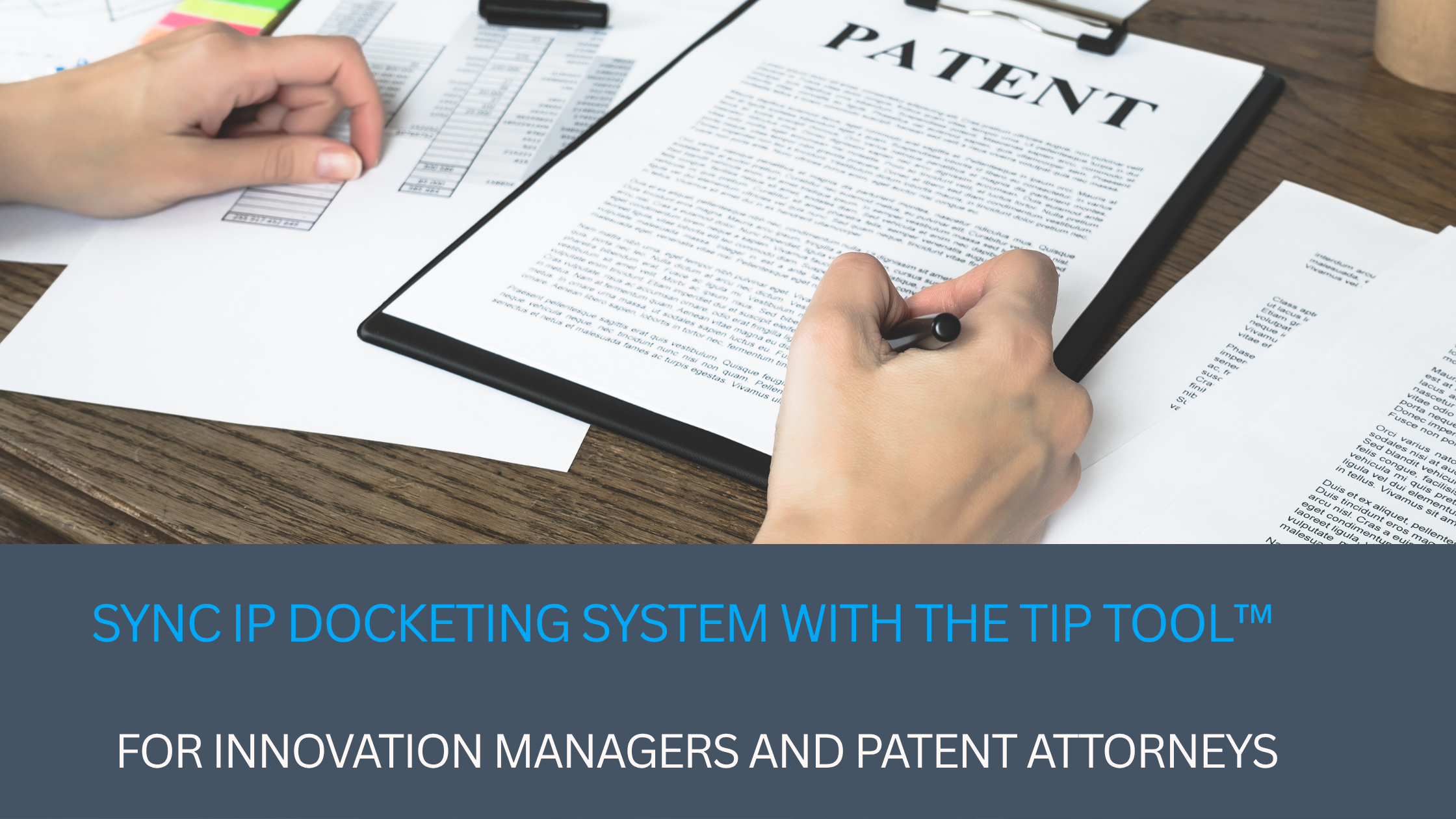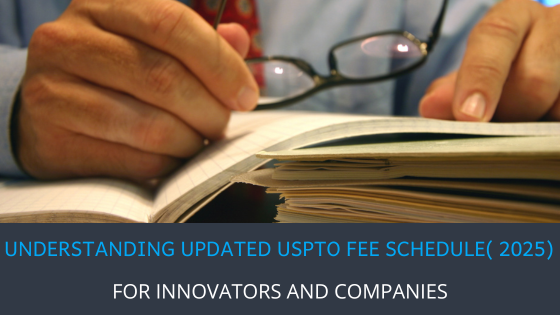In 2022, the U.S. saw a staggering $836 billion increase in the value of intangible assets, including Intellectual Property (IP), spotlighting their potential beyond mere legal rights.
That said, can patents be equally powerful in securing asset-based loans?
Here’s the lowdown: Patents can indeed make your loan applications stronger. But here’s the catch—they’re tricky to value since they don’t come with a set price tag. This makes demonstrating their worth as collateral a real challenge.
To help you crack this code, we’ve crafted a guide brimming with practical advice on demonstrating the value of your patents and a list of banks ready to accept them as collateral for loans.
Let’s dive in.
Why Consider Patent Based Lending?
Patent-based lending stands out as a savvy move for innovation-driven companies rolling out patents regularly or those owing strong patent portfolios. Here is why:
Value from Intangibles: Patents allow businesses to leverage intellectual property as tangible assets for loans, expanding their borrowing capacity.
Risk Mitigation: Recognizing the value of patents, lenders may view them as less risky collateral, especially if the products protected by patents are income-generating or market-dominant.
Competitive Edge: Patents can enhance an enterprise’s appeal to lenders by showcasing innovation as a strategic asset.
Investment Attraction: Using patents as collateral signals a commitment to innovation, making the enterprise more attractive to future investors.
Ownership Retention: Unlike equity financing, patent-based loans provide capital without diluting ownership, which is crucial for maintaining control.
Revenue and Defense: Patents can generate income through licensing and protect against competition, bolstering the enterprise’s financial and market position.
Patent-based lending taps into the value of innovation, providing a smart financing route for enterprises focused on growth. However, success in this endeavor calls for strategically demonstrating the value of IP.
Strategies for Demonstrating IP’s Worth to Lenders
Patents don’t have set prices, and their value can swing widely—some could be gold mines, while others might not even recoup their filing fees.
The key when leveraging patents for a loan is to focus on their potential for future earnings or their capacity to secure a competitive advantage for your business. Here are four strategies to help you identify and effectively communicate the value of your patents to lenders:
Detail the Revenue Sources
It’s comparatively easy to demonstrate the value of a patent if it is already tied to the sales of a thriving business. You can list potential earnings from direct product sales, licensing fees, and royalties.
Analyze and Present the Market Potential
Highlighting the value of your patent, particularly if it’s not yet bringing in revenue or drawing industry attention, can be tough. But it’s crucial.
Start with thorough market research. Pinpoint who needs your invention, where it fits in the market, and how it could grow. This strategy showcases the real money-making potential and strategic worth of your patent.
You can start by asking yourself a series of questions in order to analyze and establish the worth of your patent:
- What specific market needs does my patent address? Clearly articulating the problem your invention solves underscores its necessity and potential market impact.
- Is there demonstrated interest or demand from the industry for this innovation? Early signs of interest serve as indicators of your patent’s potential for licensing.
- What distinct advantages does my patent offer compared to existing solutions? Detailing the unique benefits of your patent can illustrate its competitive edge and value proposition.
- How defensible is my patent against possible infringements? A patent’s ability to be effectively enforced increases its attractiveness and inherent value.
Emphasize the positive market shifts your patent could initiate, highlighting its role as a recognized innovation. This approach helps you convincingly present your patent’s worth, focusing on its capacity to drive change and create value.
Note: Consider hiring a professional specializing in patent valuation to evaluate your technology’s market potential, uniqueness, and commercial viability.
Showcase Legal Strength and Robustness
Highlight instances where your patent has triumphed in legal disputes, showcasing its confirmed validity, infringement victories, or successful settlements and licensing agreements.
These proven legal outcomes signal to banks and financial institutions that your patent is not just a theoretical asset but a legally endorsed one, underscoring its reliability and value as collateral.
Once you successfully establish the worth of your patent, it will always be easy to secure a loan on that patent. Now, the real deal is to find the right lender, so let’s explore which are the top U.S. banks that offer patent-based lending to help businesses grow.
List of Top US Banks Who Lend Loans for Patent
After a thorough review of the analysis by GreyB’s patent monetization team and leveraging InQuartik’s efforts in analyzing data from the USPTO—specifically, examining 489,732 patents pledged between June 7, 2015, and June 9, 2021, and identifying 24,079 transactions—we meticulously compiled a list of the leading U.S. banks that provide loans on patents as collateral.
Here are the banks you can rely on:
- JP Morgan Chase
- Bank of America NA
- Royal Bank of Canada
- Silicon Valley Bank
- Wells Fargo Bank National Association
- Wilmington Trust NA
- Antares Capital LP
- Credit Suisse AG
- PNC Bank
- HSBC Bank USA NA
- Bmo Harris Bank NA
- Eclipse Business Capital
- Comerica Bank
- Morgan Stanley Senior Funding Inc.
- Barclays Bank PLC
- Western Alliance Bank
- Midcap
- Goldman Sachs Bank US
- Pacific Western Bank
- Ares Capital Corp
Source: greyb.com
Source: inquartik.com
Parting Thoughts
Not effectively presenting the value of your patent or patent portfolio can lead to loan denials. Below are resources curated to strengthen your patent portfolio and demonstrate its value, thereby increasing the likelihood of securing loan approval:
- 6 Ways to Strengthen Your Patent Portfolio
- Patent Monetization: Busting the Myth | Idea = Money
- How To Seek Investment Using Patents?
- 3 Ingredients of High-Quality Patent Application
- 5 Things to Look for When Hiring a Patent Portfolio Manager
We hope you find these blog posts useful. If you have any further questions, please don’t hesitate to get in touch. Best of luck with your loan application!



